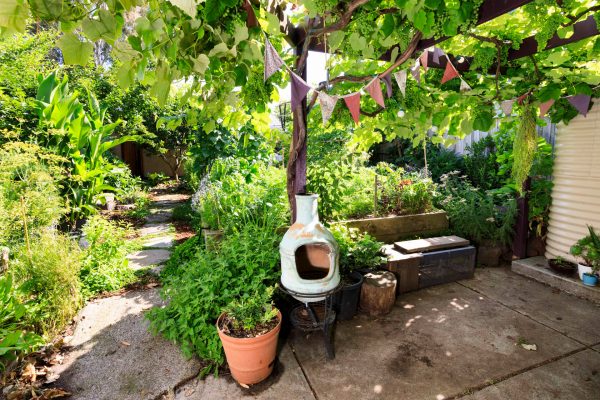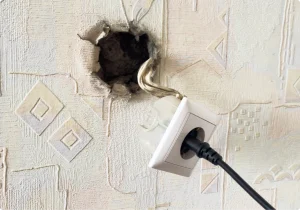Creating a thriving succulent garden for regenerative farming enthusiasts involves integrating sustainable practices with the unique needs of succulents. Here’s the ultimate guide to designing and maintaining a succulent garden that supports regenerative principles:
1. Understanding Succulent Needs
- Light Requirements: Succulents generally require bright, indirect light. Ensure your garden location provides sufficient light or use supplemental LED grow lights if necessary.
- Soil Preferences: Succulents need well-draining soil. A mix of sand, perlite, and organic compost is ideal. Avoid heavy, clayey soils that retain too much moisture.
2. Planning Your Succulent Garden
- Site Selection: Choose a location with ample sunlight and good airflow. Succulents can be grown in garden beds, containers, or as part of vertical gardens.
- Design Layout: Arrange succulents based on their light and water needs. Group those with similar requirements to simplify care and create a visually pleasing arrangement.
3. Soil and Potting Practices
- DIY Soil Mix: Combine equal parts of potting soil, sand, and perlite or pumice to create a well-draining mix. Add organic compost to improve soil fertility.
- Container Choice: Use pots with drainage holes to prevent waterlogging. For outdoor gardens, consider raised beds or terracing to improve drainage.

4. Water Management
- Efficient Watering: Water succulents deeply but infrequently, allowing the soil to dry out completely between waterings. This reduces water waste and mimics natural conditions.
- Rainwater Harvesting: Collect rainwater for watering your garden. Use barrels or other systems to capture and store rainwater for efficient irrigation.
5. Integrated Pest and Disease Management
- Natural Pest Control: Use organic methods such as neem oil or insecticidal soap to manage pests. Introduce beneficial insects like ladybugs to keep pest populations in check.
- Disease Prevention: Ensure good air circulation around plants to prevent fungal diseases. Remove any affected parts promptly to avoid spreading.
6. Enhancing Soil Health
- Composting: Add compost to your soil to enhance its fertility and structure. Use organic matter from kitchen scraps, garden waste, and other natural sources.
- Mulching: Apply a layer of gravel or small stones around your succulents to help retain moisture and suppress weeds.
7. Biodiversity and Ecosystem Support
- Companion Planting: Integrate succulents with other drought-tolerant plants to create a diverse and resilient garden. This helps support local pollinators and beneficial insects.
- Habitat Creation: Use succulents to create microhabitats for small creatures. Incorporate rocks, driftwood, or other natural elements to enhance habitat diversity.
8. Propagation and Expansion
- Propagation Techniques: Succulents can be propagated from leaves, cuttings, or offsets. Use these methods to expand your garden and reduce the need for purchasing new plants.
- Sharing and Swapping: Share propagated succulents with friends or neighbors. This fosters community and supports local biodiversity.
9. Sustainable Practices
- Energy Efficiency: Use energy-efficient lighting for indoor succulent gardens. LEDs are a good choice for their low energy consumption and effectiveness.
- Waste Reduction: Reuse containers and repurpose materials for planting. Avoid single-use plastics and opt for biodegradable or recycled options.
10. Educational and Inspirational Uses
- Demonstration Garden: Use your succulent garden as a demonstration site for regenerative practices. Share your techniques and results with others to inspire sustainable gardening.
- Educational Workshops: Host workshops or create online content to teach others about succulent care, water conservation, and regenerative farming principles.
11. Seasonal Care and Adaptation
- Seasonal Adjustments: Adapt your care routine based on seasonal changes. During winter, reduce watering and protect succulents from frost or extreme temperatures.
- Climate Adaptation: If you’re in a region with harsh climates, consider using protective coverings or building microclimates to support your succulents year-round.
12. Monitoring and Evaluation
- Regular Checks: Monitor your succulents regularly for signs of stress, disease, or pest issues. Adjust care practices as needed to maintain a healthy garden.
- Continuous Improvement: Evaluate the effectiveness of your regenerative practices and make improvements based on your observations and experiences.
Conclusion
Creating a thriving succulent garden for regenerative farming enthusiasts involves careful planning, sustainable practices, and ongoing management. By focusing on soil health, water conservation, biodiversity, and resource efficiency, you can build a resilient and eco-friendly garden that supports permaculture principles and provides lasting benefits.



